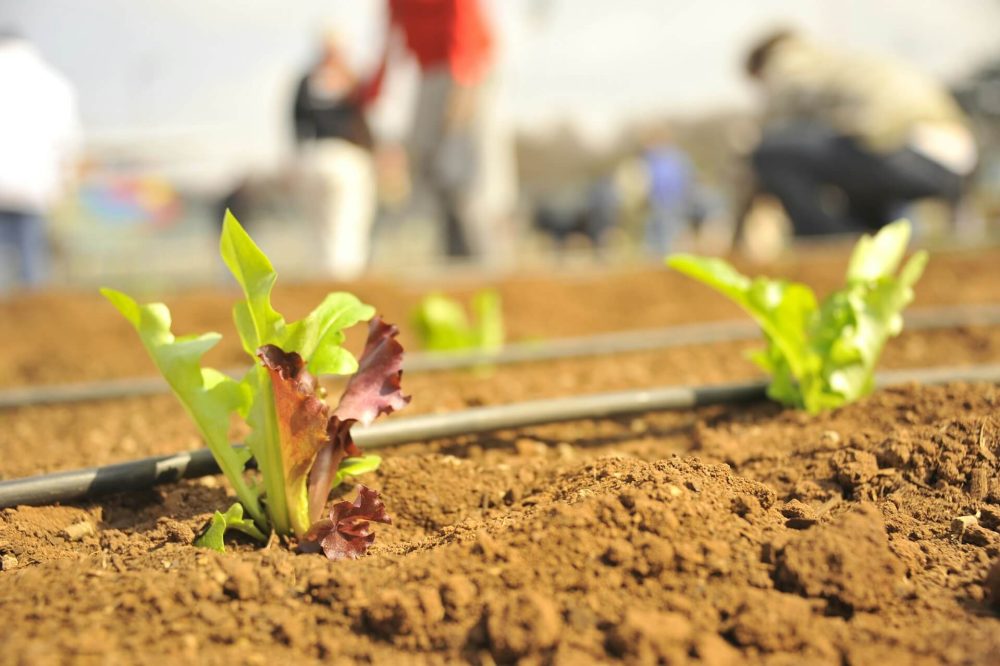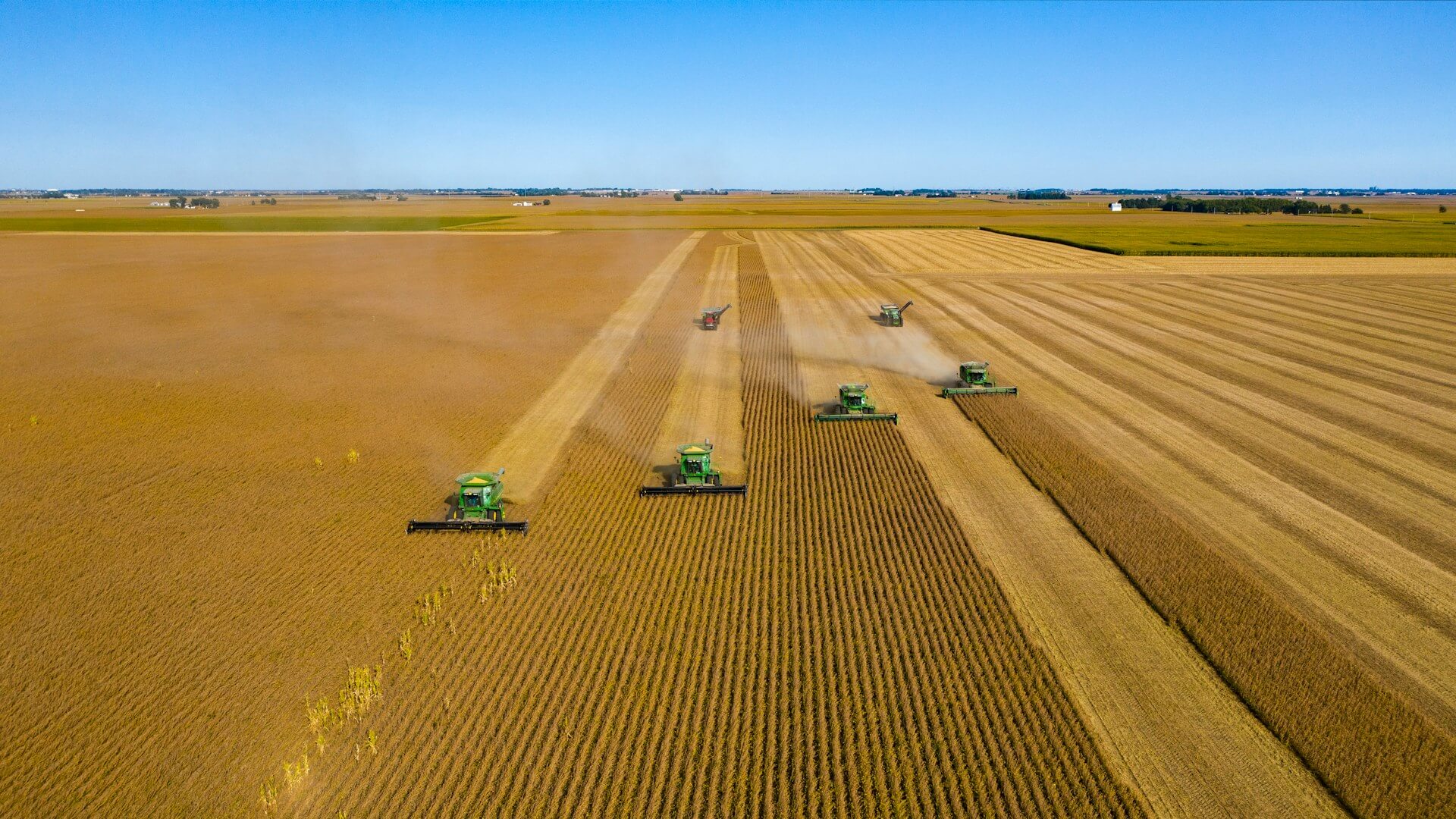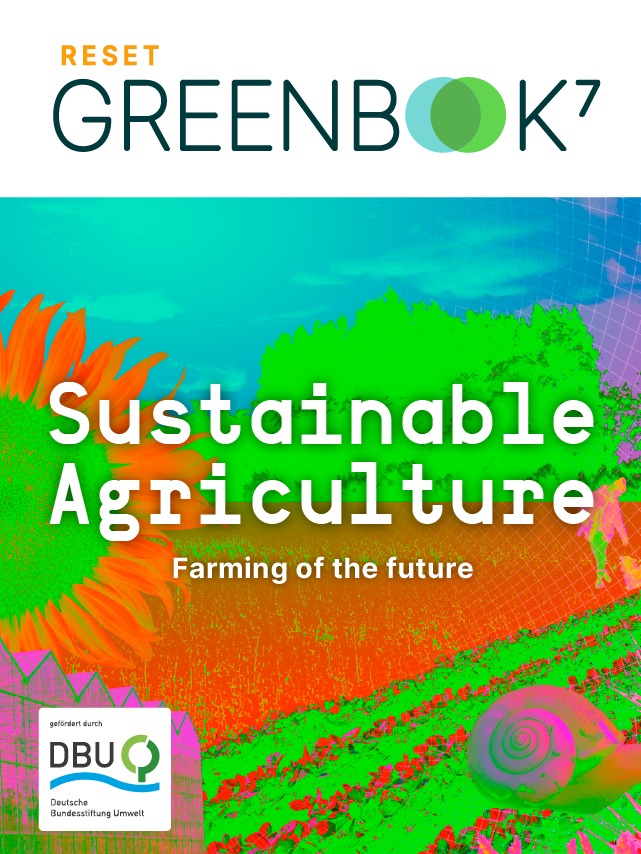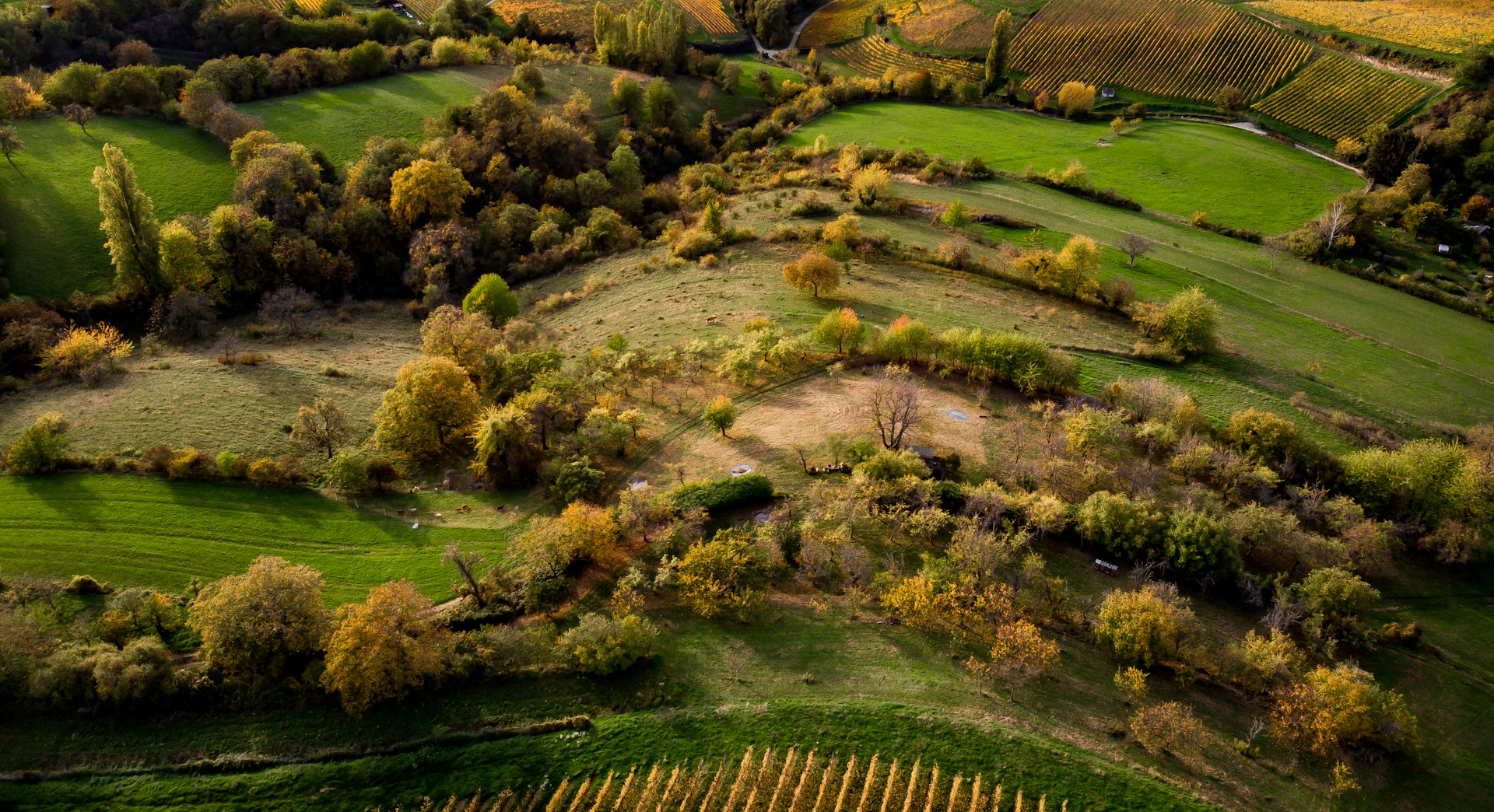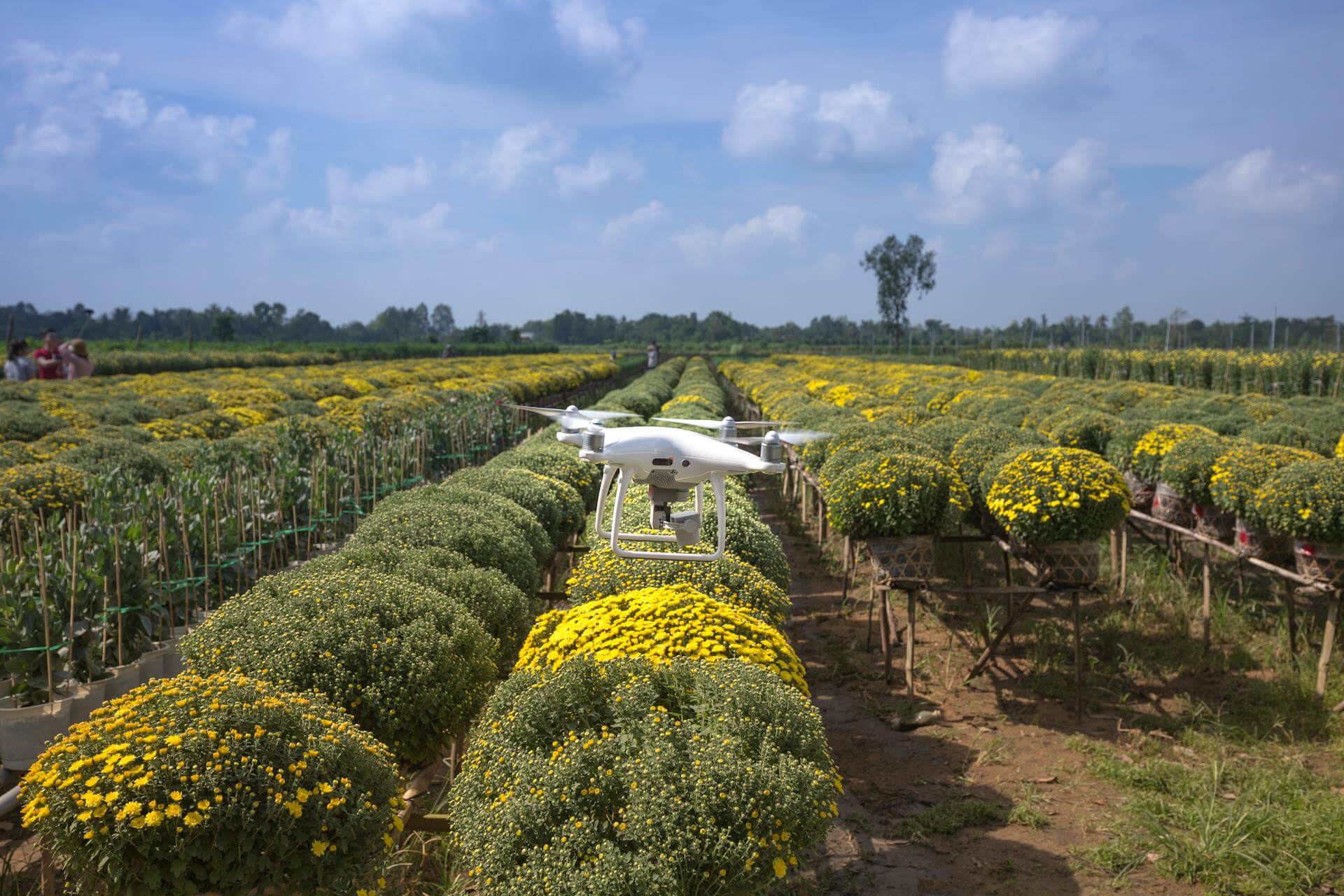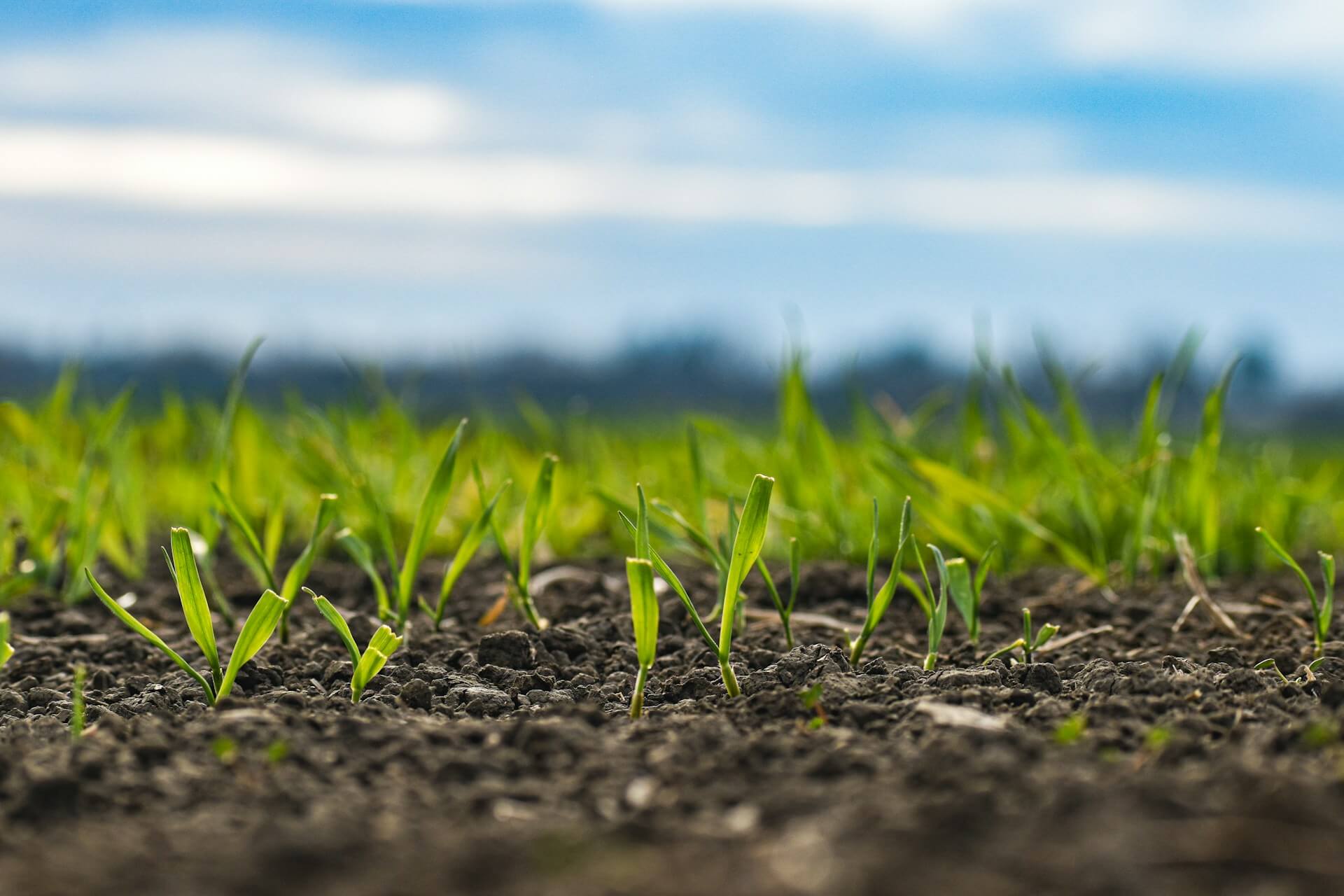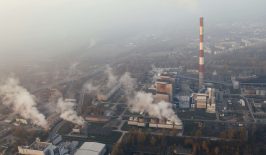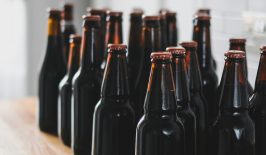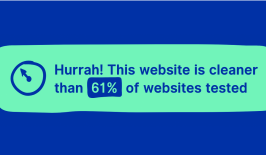Agriculture is facing the challenge of having to feed a growing number of people. On the one hand, it is severely affected by the consequences of climate change: extreme weather events such as floods wipe out yields in one fell swoop and droughts cause crops in the fields to dry out. And with the loss of species, there is an increasing lack of pollinator insects. On the other hand, agriculture itself contributes to high CO2 and methane emissions and damages ecosystems through unsustainable farming practices.
Agronomist Prof. Dr. Sonoko Bellingrath-Kimura is certain that agriculture can also make a positive contribution beyond food production. She heads the Provision of Ecosystem Services in Agricultural Systems (ProvESS) working group at the Leibniz Center for Agricultural Landscape Research (ZALF), which conducts research into the effects of agriculture on ecosystems and biodiversity. With the help of digital technologies and empirical field trials, Bellingrath-Kimura and her team develop sustainable cultivation systems and work out optimization options.
In this interview, we talked to her about the role of digitalisation in more sustainable agriculture, why it is not yet being used to protect the climate and environment, and the importance of positive visions for the future and collaboration.
Sonoko, you have been researching the interface between agriculture and digitalisation for a long time. How did you get into it and what fascinates you about it?
My background is actually in plant cultivation and soil science. I kept coming back to the point that a balance between production and sustainability is necessary so that you can still produce in 10, 20, 100 years and still preserve the environment. And then I came across the use of digital tools, from sensor technology and robotics to information systems.
I am primarily concerned with optimization in agriculture. There are many aspects, not just production. There are various services such as soil fertility, carbon sink, microclimate, biodiversity and erosion control. And this is all related to the site characteristics and when something happens. This is very complex and to understand it, you need a lot of information, which can also change depending on the year and the type of farm or soil. Digitisation can capture all this complexity and summarize the information data in order to understand the various processes.
If you look at the current situation, CO2 emissions in agriculture have actually been falling for several years, even if they are still too high to achieve the climate targets. What are the main problems in agriculture? And what, in turn, is needed for a sustainable transformation of agriculture?
Agriculture can actually do a lot to protect the environment and biodiversity. But at the moment, large areas are being planted with the same crops. This makes it efficient to harvest the entire area at once, creating a kind of desert. Of course, this does not promote biodiversity – or the various ecological services such as microclimate, water recharge or soil fertility.
Grassland in particular is a biodiversity hotspot in the landscape. Agriculture could therefore make an essential contribution to biodiversity and groundwater formation. Overall, agriculture can increase soil fertility and also improve soil structure. However, the focus is currently very much on production, yield and land utilisation. Premiums are paid for agricultural utilisation – and this economic incentive is stronger than reducing environmental pollution.
Agriculture as we currently know it is caught between the two poles of contributing to and suffering from climate change and biodiversity loss. There is a broad scientific consensus on the solution, namely that we need to move towards sustainable agricultural practices. But why is this not being implemented? Politically, there are isolated measures, but we are far from a consistent transformation. And farmers themselves are also criticising environmental regulations, as the current protests show. This is also about preserving their own economic foundations.
Yes, you’ve touched on a complex topic. There are many levels that need to be brought together. On the one hand, there is the regulatory aspect that needs to be addressed. But if you bang your fist on it, it’s obviously not nice. There has to be a framework within which you can operate, but it also has to be developed together.
Then you have to look at how the farmers’ yield or income is generated, namely primarily through production: the more you produce, the better. There is an incentive for this. And then there are the other sources of income, such as the subsidies that are paid on the land. This means that there is no incentive to become more sustainable, i.e. to use resources more efficiently or to protect biodiversity. But incentives must be created for ecological services. Microclimate and carbon storage must be seen as management objectives and these products should also be given an economic value.
In other words, you’re working towards a regulatory framework that values biodiversity conservation and sustainable agriculture.
Exactly. There are measures where you can prove biodiversity indicators and these are then rewarded, for example species-rich grassland. So if certain species are present and measures are implemented to ensure that these species remain, you get money for it. This is called a success-based payment. And if you have to provide evidence of these measures, digitalisation comes into play again.
What could be the contribution of digitalisation here?
Firstly, that the species can be recognised and documented. Species recognition tools or apps could be used for this. There must be legal certainty, i.e. proof that the species was actually at the location, which cannot be manipulated. This would also simplify the entire process. Digitalisation should bring this simplification so that such measures can be adopted at all.
Agriculture is facing major challenges: On the one hand, it is severely impacted by biodiversity loss and the effects of climate change. On the other, agriculture itself massively contributes to these issues.How can digital solutions on fields and farms help to protect species, soil and the climate?
We present solutions for a digital-ecological transformation towards sustainable agriculture. Find out more.
How can digital solutions on fields and farms help to protect species, soil and the climate?
We present solutions for a digital-ecological transformation towards sustainable agriculture. Find out more.
What are measures that help to protect species and conserve biodiversity and at the same time harmonise with important aspects of agriculture, i.e. food security and economic efficiency?
One of the key measures is small-scale. It doesn’t always have to be large-scale measures. For example, small biotopes or areas where toads migrate in spring can be protected. Such small measures can be very useful. However, you first need to know where and when something is happening. And if you know that a place is very important as a biotope, you could exclude this small part from productive measures and, for example, not fertilise or spray it. But then it would be best to switch off the sprayer automatically at this point without having to get out of the tractor and turn round. Otherwise it is too much work and not practical.
These processes are crying out to work with digital tools and smartly link the information with what are actually very sophisticated machines in agriculture. And then to put a value on the measures so that this work is worthwhile. This whole process has to be in place – which is theoretically possible.
Theoretisch möglich heißt, dass die Maschinen und die digitalen Technologien bereits zur Verfügung stehen.
Exactly. Theoretically, there are the various components and the networking. However, the problem is that these components really work together, that the management and information software is linked to the steering systems in the tractors and that these are linked to an application system for biodiversity and are carried out automatically. So the components are there, but the flow is not yet there. When you are in the field, the information data flow is sometimes missing – and there is often no network connection. It’s trivial things like this that cause you to fail.
The digital systems we are talking about are mostly proprietary software. This means that both digital companies and agricultural corporations dominate the market and access a lot of farmers’ data. Won’t this lead to new dependencies and inequalities if all of this becomes even more integrated into daily operations? And how could this be solved differently?
It is still a grey area as to who owns the data. Personal data is assigned to the person. But who owns the data generated by a machine on site? This point has not yet been definitively clarified. But data sovereignty must be clarified without stopping innovation and without over-regulation. In my opinion, the data must belong to the companies. They can then decide where the data flows go. When you buy sensors and machines, there is sometimes a clause that you sign and the data flows automatically without you having to explicitly agree or disagree. This is also a point where female farmers are very sceptical and therefore don’t really use it all.
Agriculture is already very digital. According to one study, eight out of ten farms in Germany that are over 30 hectares in size are already using digital technologies. The most widespread are automatic feeders, GPS-controlled agricultural machinery, agricultural apps and farm and herd management systems. Technologies are also being used to reduce the amount of fertiliser and pesticides because they are only applied when needed. These technologies could actually save resources and, in the best-case scenario, CO2 emissions – but these savings are not necessarily realised. Why is that?
This has to do with the fact that the technologies are primarily developed for production and do not have sustainability as their goal. This brings us back to the necessary framework conditions.
On the other hand, the costs are not yet so high, for example the price of diesel or agrochemicals. There is not much incentive to reduce a lot. And then biodiversity currently has no concrete economic value, meaning that you can “sell” ten tonnes of wheat and ten frog colonies, for example.
And society is not yet ready to buy products that promote sustainability and protect meadow breeders, for example. You can’t tell by looking at the products. Even if there are individual initiatives that promote agriculture for biodiversity, there are still too few measures.
In other words, it’s actually always a question of what my intention is when I install digital technologies?
Yes, this should be taken more into account during development. Agriculture is there for production and not for nature conservation, that must not be forgotten. But you can create a synergy so that the technologies increase production and protect nature. Many technologies have the potential and are not yet being used in this way.
When I look at who mainly develops technologies that take sustainable agriculture into account during development, I often end up with open source applications.
The monopolisation of data is definitely a problem. Not everything needs to be open source, but the interfaces must be clearly defined. Open interfaces should therefore be considered right from the development stage. This is an essential point in order to achieve the necessary networking. Then everyone can use and develop it, regardless of whether they are large corporations or start-ups.
The use of digital applications is also always a question of cost. The above-mentioned study clearly showed that large farms in particular rely on digital technologies because they can afford them. Doesn’t the use of technology lead to even greater inequalities in agriculture?
Digitalisation has many facets. One is the hardware you mention, sensors and larger, smart machines. That is definitely a trend. The other trend is the linking of information through management tools, software or apps. And these are independent of size. What’s more, if you think this through consistently, the size of the operations is scalable with the number of robots. Larger companies then have ten or 100 robots, for example, while smaller companies only have two or three. The size of the company is not the decisive factor, but the modules and the flow of information and how the modules can be linked. And that, in turn, is also independent of size. That’s where development needs to go.
At the moment, it is economical to manage large areas with large machines. If other measures were economical, this would also disappear and agriculture could become more compartmentalised. And then the type of farm is actually irrelevant. The important thing is how sustainably the land is farmed. That would be the vision to get there.
Conversely, this means that digital technologies also offer the opportunity to favour small-scale farming, doesn’t it? For example, when small, manoeuvrable agricultural robots take over the tasks relatively autonomously.
Robots are currently inefficient in large areas. They are smaller and slower than large tractors and are better able to cultivate a smaller area. This means that a different way of thinking needs to be adopted and the form of farming needs to be adapted to the use of robots. If they drive back and forth mindlessly to weed where there is actually nothing, it is inefficient. It is efficient for a tractor because it can cultivate a lot of land at once. But this can be combined, so that the robots drive to where they are needed. For example, coupled with drone images that reveal a weed nest or diseases. So far, however, there has been no breakthrough in this area.
This is an aspect that I also see in other areas. Electromobility is a good example of this. Here, too, the technology is assessed according to how it works in an existing system. But there is actually a great opportunity in these developments if the entire system is rethought.
Exactly, there’s a lot of potential there. And if you think like that, it’s really fun. You start with the vision and don’t want to optimise the existing, somewhat ailing system. It’s important to formulate the vision together. It’s not just the developer who wants to develop a nice robot or the scientists who want to optimise some ecosystem service, but many people together have to develop this vision, because there are so many opportunities.
At the moment, the problems are being prioritised more strongly: nitrate pollution, biodiversity loss and the climate crisis. But agriculture can do a lot. It can store carbon, produce groundwater and promote biodiversity. This means that the various technologies can be better utilised if we turn this around and think in terms of potential and ask: How can we get there?
Is it then right to raise the question of climate neutrality in agriculture? Or is it more a question of recognising the other services provided by agriculture?
I would say both. And that in turn depends on the location. In other words, you have to ask where which services are most important without drastically reducing overall productivity. It is impossible to achieve carbon storage, groundwater recharge, microclimate or biodiversity protection in one place. You have to think in more detail or in a more targeted way: for example, where do I have to make deductions for carbon storage, but promote biodiversity protection more strongly? How can I harmonise the processes with each other or find a balance so that it leads to sustainability? You have to weigh things up – and that’s where research comes in. I think this balancing process is the difficult part, but also what makes agriculture so exciting. Because there is not just one answer, but many answers that change over time.
This leads to the viewing of the landscape as an interconnected, complex system. In other words, not each farm, each business in isolation, but the larger structures, the local and supra-regional contexts, right?
Yes, you have to be able to think beyond your own area or your own farm. And then again, the information is very complex. Farmers are already connected to the global market. It becomes even more complex when ecological processes also have to be taken into account. Solutions and incentives are needed to put these processes that take place in the field into a wider context.
But how do we get there? You said that there needs to be more cooperation and more dialogue. And that we need a different political framework and that consumers need to be better involved, for example by labelling food that protects biodiversity. What are the next steps needed to get the agricultural revolution off the ground?
We need to respond to this with various measures and activities. Political measures are necessary, but they must not be top-down, as is currently the case with the discussion on agricultural diesel. And the need for these measures must be communicated really well. Here again, I would recommend starting with the goal and creating a dialogue – and then sorting out the problems that lie in between.
And the ecological measures should be honoured both economically and by society. There are vast sums of money available that could be better utilised with the aim of not paying for the land, but for the results and activities.
